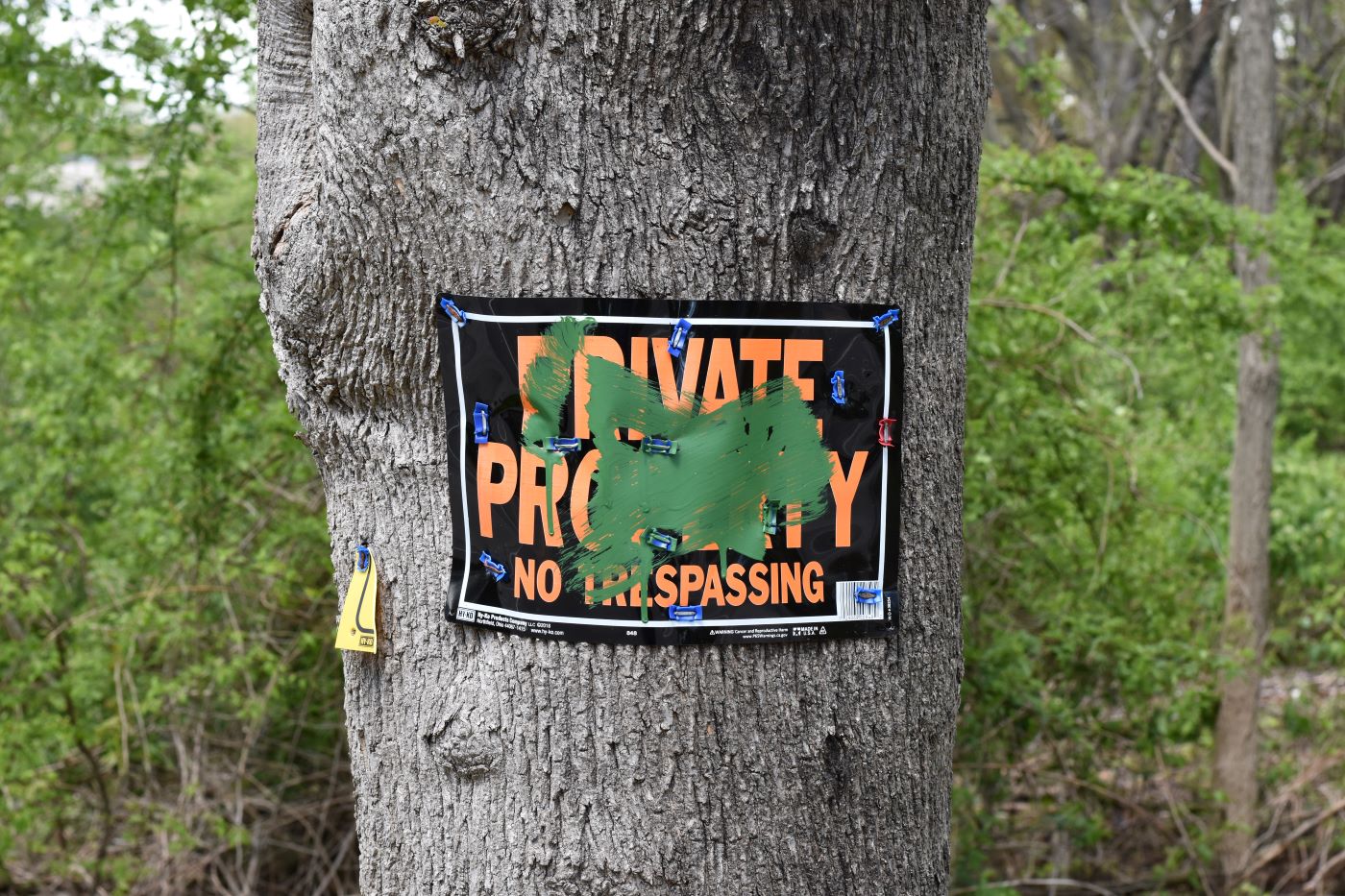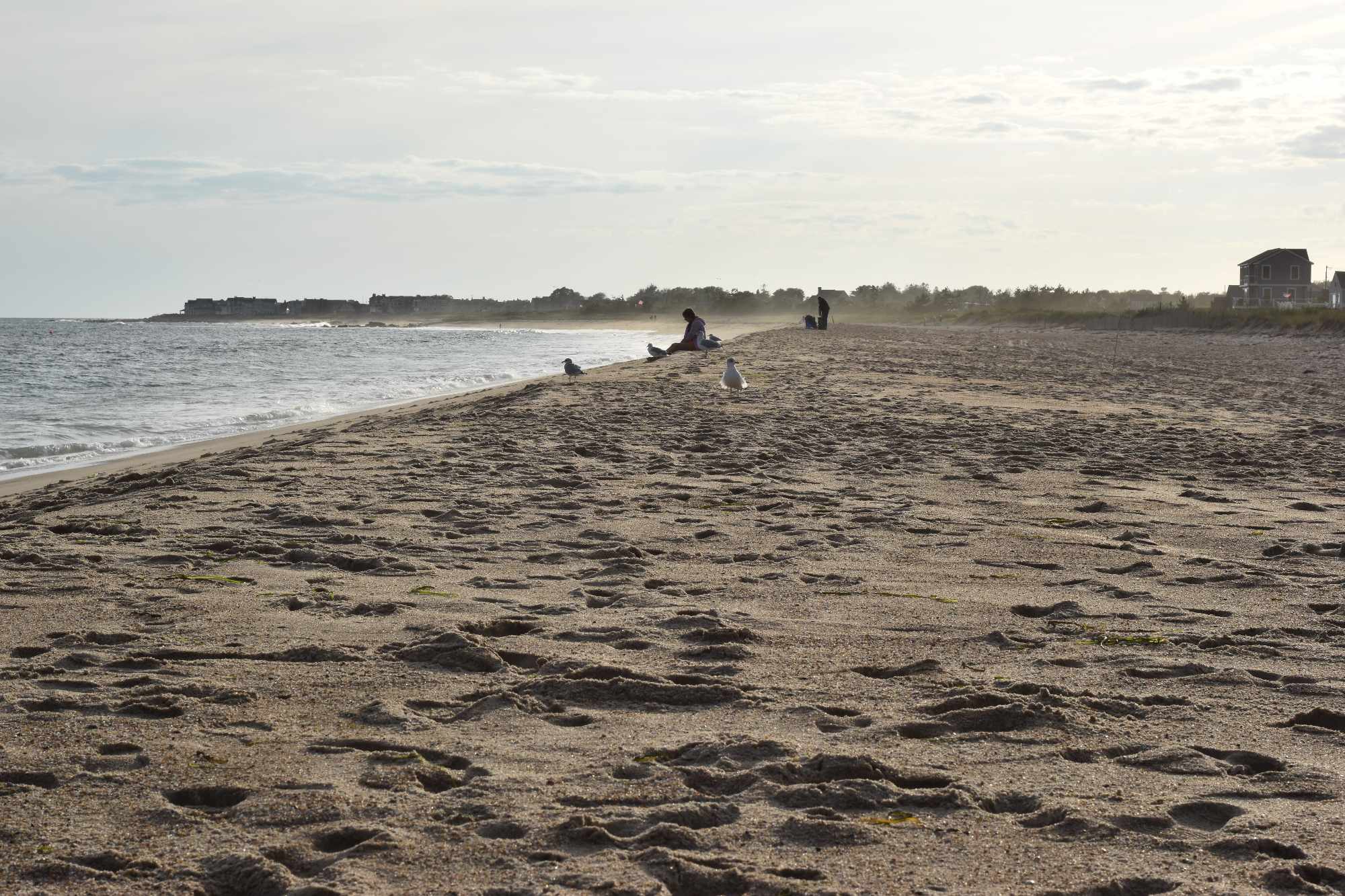Advocates Hope to Build on Shoreline Access Success in Legislature
June 30, 2023
PROVIDENCE — After notching a big win at the end of the legislative session, shoreline advocates say the fight for public access is just beginning.
Earlier this month lawmakers, after years of deliberation, delays, and debate, passed the state’s first public lateral shoreline access law, clarifying where residents can walk along the 400+ miles of shoreline found in Rhode Island without trespassing.
Under the legislation (H5174A/S0417A), signed into law last week by Gov. Dan McKee, beachgoers can walk up and down the shoreline 10 feet landward of the wrack line, where seaweed, scum or other ocean detritus are left on the shore after its highest tide. In places where there are multiple wrack lines, the lowest one will count as the legal boundary.
Anything further than 10 feet landward of the wrack line remains private property. If the shore has no visible wrack line, the 10 feet will be measured from the wet line on sands or rocks, but the law does recognize that not all of the Ocean State’s coastline is passable for public access. The legislation also exempts waterfront property owners from liability associated with the public’s activities in that area.
Rep. Terri Cortvriend, D-Middletown, chair of the shoreline access study commission from last year and House sponsor of the legislation, hailed the bill’s final passage as a “historic” moment.
“I believe this legislation is a very fair way to finally settle this question, which really should be clear in a place known as the Ocean State, where beaches and shores are so critical to our identity and economy,” Cortvriend wrote in a statement.
The law overturns a state Supreme Court decision that has been on the books since 1982. The case, State v. Ibbison, overturned decades of precedent and set the public’s right to access the shore, as outlined in the state Constitution, at the mean high-tide line, a boundary that is frequently underwater and hard to discern.
Despite the 1986 state constitutional convention reaffirming residents’ rights to enjoy the shoreline, public access rights have remained in a gray area until now.
But while they celebrate the legislation’s passage as a big win, shoreline activists aren’t resting on their laurels just yet.
“We have the longest continuing shoreline access rights in the nation,” said Conrad Ferla, a South Kingstown resident and founder of a popular and influential shoreline access Facebook group. “In fact, our shoreline access rights predate our nation.”
Ferla, who believes the shoreline access bill should have moved the boundary to the vegetation line — “That’s where the ocean stops,” she said — has four areas he wants shoreline activists to focus on to expand the victory from this year.
Ferla’s first two priorities for next year have a bigger scope. He wants to dissolve fire districts across the state. “Unless they’re at a firefighting capacity, then those powers need to be revoked,” he said. The districts, private enclaves located up and down Rhode Island’s south shore, have made waves of headlines in recent years for excluding the public from beaches within their property and keeping it limited to their members.
The second priority is the Coastal Resources Management Council, which has jurisdiction over the coastline and is the lead agency in identifying rights of way. It’s been “neutered,” according to Ferla, and needs to be reformed.
It’s a big lift. Efforts to reform the agency have been going on almost as long as shoreline access, but with little result. Despite a bevy of legislation in both chambers this year to reform and reshape the state agency, much of the bills stalled, with only minor changes hitting the governor’s desk this summer.
The other two priorities go hand in hand: increasing the amount of available parking at state areas and identifying rights of way (ROWs), including meting out real punishment for people erecting false signs at rights of way.
“There’s a lot of signs [at ROWs] that say it’s private, no access, and they’re false,” Ferla said. “A lot of times it’s right next to a CRMC sign at a right of way. There needs to be punishment for that.”
Parking problems are a song as old as time in Rhode Island, but anglers, surfers, and members of the public expressed concern earlier this year that it is getting harder to find a parking spot at rights of way across the state.
Last year The Providence Journal reported a number of waterfront neighborhoods in Warwick were littered with fake “no parking signs” to deter the public from accessing the shore. Since then, city officials have pledged to create more marked parking spots and clear signage for the city’s shoreline public access points.
“That’s not right,” Ferla said about the fake signs. “It’s just wrong.”




What the writer fails to report is the fact that Fire Districts were created not only for fire protection but also to save towns from maintaining services such as roads, storm and sanitary sewers, water supply etc. Agree public access being shut down illegally as private is wrong and needs to be addressed.